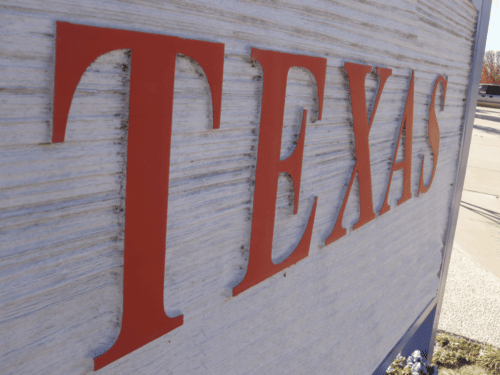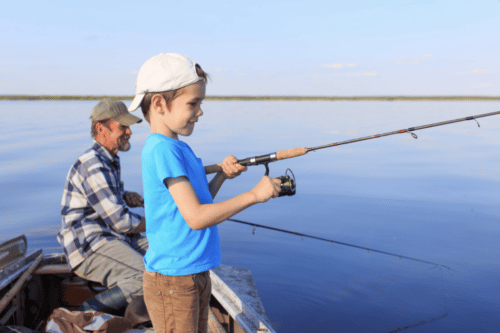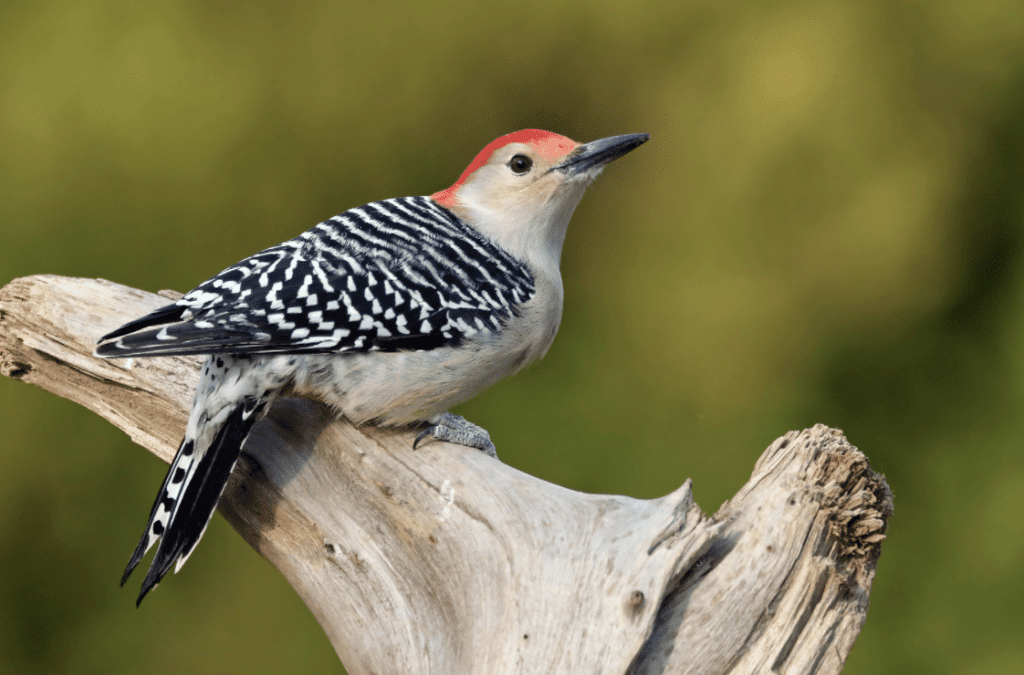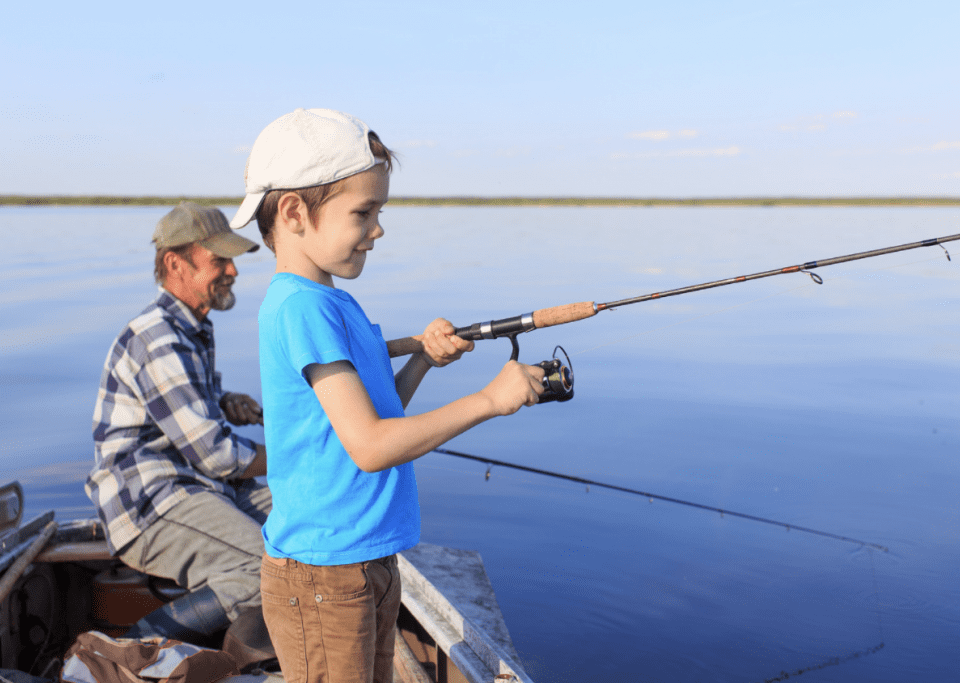
4 Texas Programs Homebuyers Should Know
January 3, 2022
12 Fun Things to do Outside (That Are Cheap and Easy) in West Tawakoni
March 1, 2022Learn about bird feeding month, the types of birds you can find in West Tawakoni, TX, and get resources about Texas birds and how to attract them
If you enjoy watching birds in your yard, February is the month to attract them! It’s bird feeding month. The Cloisters of West Tawakoni shares some tips for attracting birds to your yard along with what birds you can expect to see at the lake throughout the year.
About Bird Watching
As the saying goes, the early bird catches the worm, which is why many birders head outdoors at dawn. Birds sleep at night and are hungry in the morning, so that’s when they are most active.
A great surge of interest in wild birds occurred from about the 1880s onward, according to Britannica.com. Bird-watching first became popular in Great Britain, with the United States not far behind.
One of the great appeals of bird-watching is that it is a relatively inexpensive activity. Basic equipment includes binoculars, a field book to aid identification, and a notebook for recording the time and place of sightings. Many bird watchers set up feeding stations to attract birds. The lists of bird observations compiled by members of local bird-watching societies are very useful to scientists in determining the dispersal, habitat, and migration patterns of the various species. You can follow The Birds of Lake Tawakoni on Facebook to keep an eye on local bird activity.
Texas Parks and Wildlife says you can look for egrets, herons, American White Pelican, and Belted Kingfisher along the Lake Tawakoni shoreline. In the woodlands, look for Orchard Oriole, Barred and Great Horned Owls, Yellow-billed Cuckoo, Eastern Kingbird, and various woodpecker species. The grasslands support the stocky, broad-winged Red-tailed Hawk, the smaller Cooper’s Hawk, as well as American Kestrel, Eastern Meadowlark, and Northern Bobwhite.
You can find more than 265 species of birds around the park.
Here’s a complete list of birds you can see.
Year-round: Wood Duck, Great Egret, Red-bellied Woodpecker, Neotropic, and Double-crested Cormorants, Black and Turkey Vultures, Red-shouldered Hawk, Belted Kingfisher, Carolina Wren, Eastern Bluebird, Northern Mockingbird.
Spring: Broad-winged and Swainson’s Hawks, warblers, tanagers, kingbirds, cuckoos, and flycatchers.
Summer: Scissor-tailed Flycatcher, White-eyed and Red-eyed Vireos, Painted and Indigo Buntings, Blue Grosbeak, Summer Tanager, Dickcissel, Green and Little Blue Herons, Cattle Egret.
Fall: Shorebirds.
Winter: Pied-billed and Horned Grebes, Pacific and Common Loons, ducks, Crested Caracara, Rusty Blackbird, Fox, Le Conte’s, and Harris’s Sparrows, House, Winter, and Sedge Wrens, Pine Warbler, kinglets, woodpeckers, and nuthatches. Rarities: Long-tailed Jaeger, Black-legged Kittiwake, Little and Sabine’s Gulls.
Find more about birds in Texas birds here.
About National Bird Feeding Month
Birds that don’t migrate have it tough in winter. They have families to feed and the natural resources to do so aren’t as plentiful as at other times of the year. That’s where we can all chip in and help. National Bird Feeding Month is a chance for bird feeders, watchers, and anyone else who is feeling in the spirit to extend a hand out to our flying friends.
How to Celebrate National Bird Feeding Month
- Put a feeder in your yard
- Add a place with water
- Do some bird watching
Bird is the Word
Certain feeders can attract different birds to your yard. Find out what may work for you here.





